What are the Best Ways to Monetize Apps?
There are many options, although the best ways to monetize apps will depend on many different factors. Knowing which monetizing strategy will work best for a mobile app is like trying to figure out what’s in the secret sauce atop your favorite burger. You can see bits and pieces of familiar condiments and spices, but when you try to make it at home, it’s never exactly the same. Maybe that’s because there isn’t a one-size-fits-all solution, or secret sauce, for monetizing apps.
As strange or cliché as this hamburger analogy sounds, it’s safe to say that most burger recipes are uniquely their own; and that’s typically the way all successful apps find their way to the top of the charts. Creating a unique app is most certainly the first step in creating a viable monetization strategy—your secret sauce—and your ticket to a wildly successful app.
If no two apps are exactly the same, it’s logical to assume that no two apps make money in exactly the same way either. There is, however, a good chance that most successful apps use similar strategies, in a variety of combinations, to optimize strengths and dull app weaknesses. Understanding which mobile marketing strategy - or combination of mobile marketing strategies - will be most effective for your brand is a core requirement for success.
Here’s a look at some of the best ways to monetize apps using popular strategies. Think of these techniques like you would ingredients to the secret sauce on your burger. Ask yourself what works best with your app, and try combinations until you’ve made something delicious…I mean profitable.
Freemium Apps
It’s a play on words, and it also accounts for 93 percent of all downloaded apps in 2015. Freemium apps are just what they sound like—they’re free. So, in order to use this ingredient effectively, your app had better offer a premium, or upgraded version, for a small fee.
This strategy only works well, though, when there are clear advantages to the paid version; it also has be to a first-rate, highly useable, and addictive app. If this sounds like your burger, then feel free to say it’s free; but be sure you’ve got a better version of the app available for purchase.
In-app Purchases
Depending on the meat of your app—the genre, if you will—in-app purchases are a great seasoning to add. The trick here is to make a game that’s highly addictive and charge users small fees to enhance their addictive experience with features like profile personalization, game currency, or increased usage.
Once a user makes the first purchase, he or she is usually hooked. Game apps like Candy Crush Saga made an estimated $630 thousand a day with this technique. You can, too, if you make an appetizing app.
In-app Advertising
Think of in-app advertising like you would an assertive spice blend—use too much, and your burger is ruined. Successful in-app advertising does two things: compliments multiple ad networks and functions within well-designed ad space.
In other words, in-app advertising should not be the only revenue source holding your app together. Additionally, thoughtful and strategic ad placement is very important to the ad’s success. An occasional banner add at the bottom of your favorite app isn’t so bad; pop-up ads flashing across your smartphone screen every 30 seconds are not the way to go.
Sponsorship
Finally, sponsorship is a great way to offer products or services most relevant to your consumer. Prominently displayed sponsors will pay for both impressions and clicks if this strategy is implemented correctly.
The important thing to remember about this monetizing tactic is that what you’re selling, and when, is critical to the user’s experience and general acceptance of the advertisement.
For example, the RunKeeper fitness app partnered with third party Kiip to showcase products that would appeal most to runners, particularly during times the app was aware the runner had just started or completed a run. Timing is everything, and sponsorship monetization needs that and good products to be successful.
Building your app’s unique monetization strategy will require some trial and error; but the payout for the time investment can make all the difference in your journey. What’s in your secret sauce?


